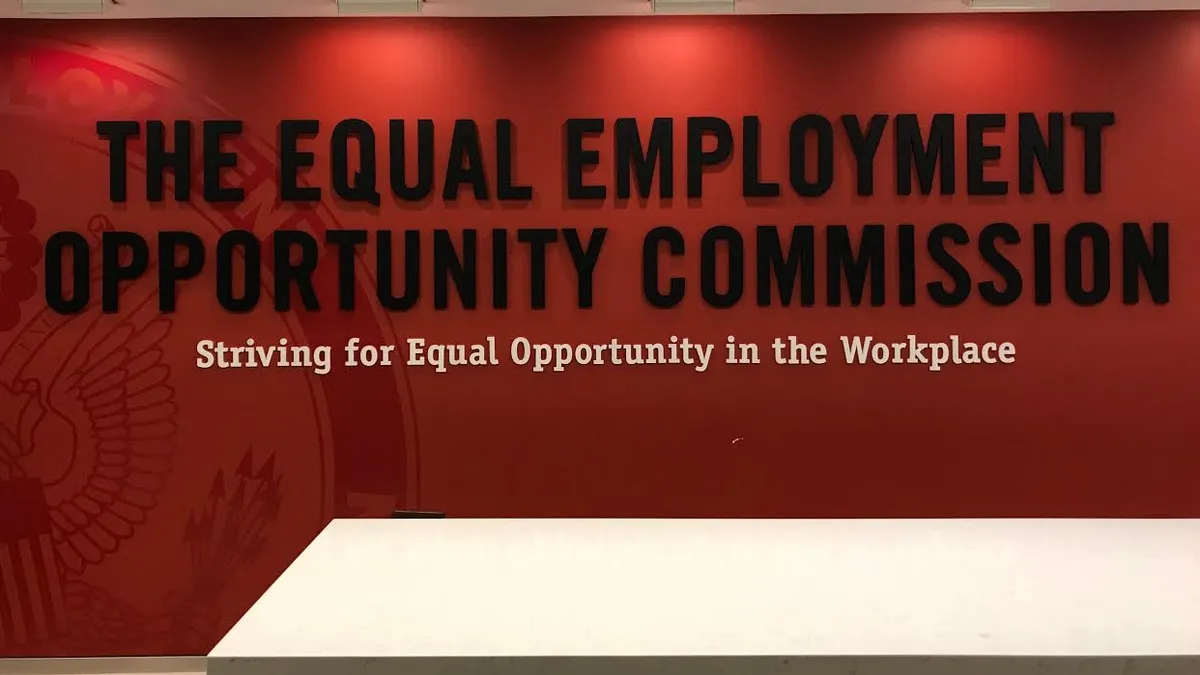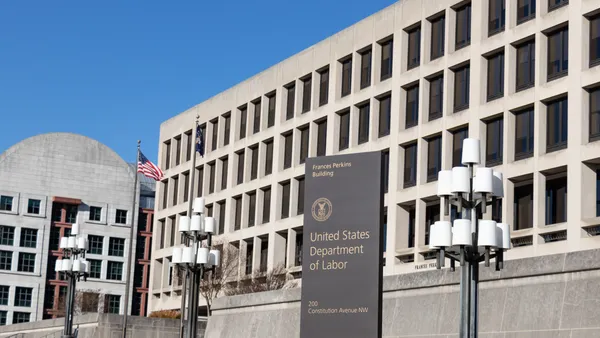The world’s richest person is fed up with the Federal Aviation Administration.
Elon Musk’s Space Exploration Technologies Corp. is in a fight with aviation regulators over the pace of their pre-launch reviews and newly proposed civil penalties over two SpaceX launches.
The dispute follows two lawsuits SpaceX filed seeking to declare the National Labor Relations Board, with a nod toward recent Supreme Court decisions, unconstitutional in its structure and enjoin administrative proceedings.
The board had proposed action against SpaceX after it fired eight employees who had complained in a letter to management about the company’s toxic culture and Musk’s “personal brand” tainting their work.
These labor and aerospace conflicts come as SpaceX is also contending with state and federal regulators about its wastewater discharges into wetlands surrounding the company’s South Texas launch site.
Tesla, the electric automaker where Musk is CEO, is in its own battle, against the Equal Employment Opportunity Commission over racial harassment and retaliation claims. In April, a federal judge denied Tesla’s motion to dismiss the case.
Starship test flights
SpaceX began ramping up its public campaign against the FAA in August as the agency said its consideration of a launch license for the next Starship test flight could be delayed by environmental reviews.
Adding to the dispute, on Sept. 17, the FAA proposed $633,009 in civil penalties related to two SpaceX Falcon 9 launches last year. The agency says the company failed to meet the requirements of its launch licenses.
The proposed penalty is the agency’s second against SpaceX. In February 2023, the FAA proposed a $175,000 fine after SpaceX failed to submit a mandatory collision avoidance analysis for a Falcon 9 launch from Florida in 2022. SpaceX paid that fine in Oct. 2023.
The penalties, atop the Starship conflict, prompted Musk on his X.com account to announce a planned lawsuit against the FAA, accusing the agency of “regulatory overreach.” He also accused FAA regulators of “lawfare” in another posting about the penalties the same day they were proposed. In a third comment, Musk said he was “highly confident” discovery in an FAA suit would show “improper, politically motivated behavior” by the agency.
No suit had been filed as of Sept. 27. Musk and SpaceX President Gwynne Shotwell did not respond to emails seeking comment.
The Jarkesy role
Musk’s willingness to push confrontation with regulators coincides with an effort by some federal courts to curtail regulatory agencies’ authority.
SpaceX’s legal arguments about administrative powers are likely to find a receptive audience in the Supreme Court’s conservative majority and the Fifth Circuit Court of Appeals, said Joshua Nadreau, a partner and vice chair of the labor relations practice at Fisher Phillips.
“It’s not even reading the tea leaves anymore; it’s reading the decisions that are coming out of the Supreme Court and the Circuit Courts on issues affecting the power of the administrative state,” Nadreau said of the judicial shift.
SpaceX’s first NLRB complaint, in January, featured arguments that were central to the landmark Supreme Court ruling in SEC v. Jarkesy, where the court’s majority said that the SEC’s administrative law structure deprives companies facing civil penalties of their Seventh Amendment right to a jury trial. That ruling also called into question the role of other administrative proceedings across the executive branch.
The court did not address a secondary argument, affirmed by the Fifth Circuit, that the board’s multiple layers of removal protection for its officers violates Article II separation of powers.
SpaceX’s second NLRB lawsuit challenges the removal protections of board members, and administrative judges, arguing that a president’s limited ability to remove either group, only for cause, violates Article II of the Constitution.
President Joe Biden fired former NLRB General Counsel Peter Robb, an appointee of the Trump administration, which led to litigation. Biden’s action, on his first day in office, was the first time in decades a president had sought to remove an NLRB General Counsel. The Fifth and Ninth Circuit courts ultimately upheld Robb’s removal. But the president’s removal authority has not extended to the board’s commissioners or administrative judges.
“I think the Supreme Court definitely has a view of the separation of powers that is not consistent with the way that administrative agencies have grown over the past 40 years.”

Joshua Nadreau
Partner, Fisher Phillips
Both of SpaceX’s NLRB suits are on hold pending a decision from the Fifth Circuit.
“I think the Supreme Court definitely has a view of the separation of powers that is not consistent with the way that administrative agencies have grown over the past 40 years,” Nadreau said in an interview. “So anyone who is faced with participation in these agency actions might feel that there is a more receptive audience within the courts.”
Nadreau said one of SpaceX’s labor board suits will probably reach the Supreme Court, as circuits are likely to split on the constitutional questions. As for Musk causing the NLRB’s demise, that’s an unlikely outcome, he said. Congress could amend the National Labor Relations Act to remove the removal protections, addressing the constitutional matter.
The FAA battle
SpaceX publicly criticized FAA Administrator Michael Whitaker for comments he made Sept. 24 during an appearance before Congress related to the agency’s enforcement actions and the pace of its reviews for Starship launches.
“It is deeply concerning that the Administrator does not appear to have accurate information immediately available to him with respect to SpaceX licensing matters,” SpaceX tweeted Tuesday. A day later, on his own X account, Musk called for Whitaker to resign.
SpaceX has skirmished previously with the FAA about its development program for Starship, the massive new rocket it is developing on the Texas coast, with four test flights to date. Each flight requires an FAA launch license and each has had multiple associated reviews to determine the extent of environmental impacts to the area, which sits amid a wetlands area for migratory birds and other species.
SpaceX appears increasingly concerned that its desire for frequent Starship flights – as many as 25 annually – is being stymied by overly burdensome regulation. The company published a lengthy article titled “Starships Are Meant to Fly” on Sept. 10, criticizing the launch-licensing protocol.
“Unfortunately, we continue to be stuck in a reality where it takes longer to do the government paperwork to license a rocket launch than it does to design and build the actual hardware,” SpaceX wrote. “This should never happen and directly threatens America’s position as the leader in space.”
The fifth Starship test flight has been ready since early August but may not be able to launch until late November due to the launch-license process being “repeatedly derailed by issues ranging from the frivolous to the patently absurd,” the company wrote.
In August, the Texas Commission on Environmental Quality notified SpaceX of an enforcement action for operating a water deluge system at its Starbase launch site near Brownsville without the proper permit for industrial waste fluid. That’s the kind of waste generated as thousands of gallons of water is pumped onto the launch site to reduce noise, heat and other impacts from rocket engines.
Appearing before a Texas House committee Tuesday, SpaceX President Gwynne Shotwell referred to the environmental regulatory dispute as “a little bit of nonsense in the papers recently,” the San Antonio Express-News reported.



















